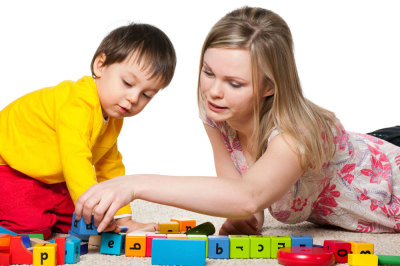Early Intensive ABA
 Decades of research has found early, intensive ABA to be the most effective treatment for children with autism, producing meaningful and significant changes in language, play, social, and daily living skills.
Decades of research has found early, intensive ABA to be the most effective treatment for children with autism, producing meaningful and significant changes in language, play, social, and daily living skills.
The first and most well-known of these studies was published in 1987 by Dr. Ivar Lovaas. Dr. Lovaas and his colleagues found that out of 19 young children who received 40 hours a week of one-on-one ABA treatment for two or more years, nearly half (47%) achieved IQ scores in the normal range (94-120) and were successfully mainstreamed into regular education. Another 42% were found to be mildly mentally retarded and only 10% were considered profoundly retarded following treatment. These children were compared to children in two control groups. The 19 children in the first control group received 10 hours of one-on-one ABA intervention from the UCLA Young Autism Project combined with special education. The 21 children in the second control group received similar services to the children in the first control group, but were treated at an outside facility. No children in the first control group and only one child in the second control group achieved normal intellectual and educational functioning.
In order to determine whether the significant treatment gains achieved with early intensive ABA would be long-lasting, McEachin, Smith, and Lovaas (1993) conducted a follow-up study of the 9 best-outcome children from Lovaas’ 1987 study and found that these gains were maintained over a ten-year period.
Since then, others have replicated the findings of Lovaas and colleagues. For example, Sallows and Graupner (2005) found that following three years of intensive ABA, consisting of at least 37 hours a week over the first two years, 48% of children achieved normal intellectual functioning and were functioning normally on measures of reciprocal social interaction. Furthermore, children who received early intensive ABA gained an average of 23 IQ points while the IQs of children in the control group who attended special education classes remained about the same.
ABA is now considered the state-of-the-art treatment for children with autism spectrum disorders Intensive ABA-based treatment has been endorsed as a scientifically proven treatment for children with autism by the Surgeon General of the United States, the American Academy of Pediatrics, and the National Autism Center.
